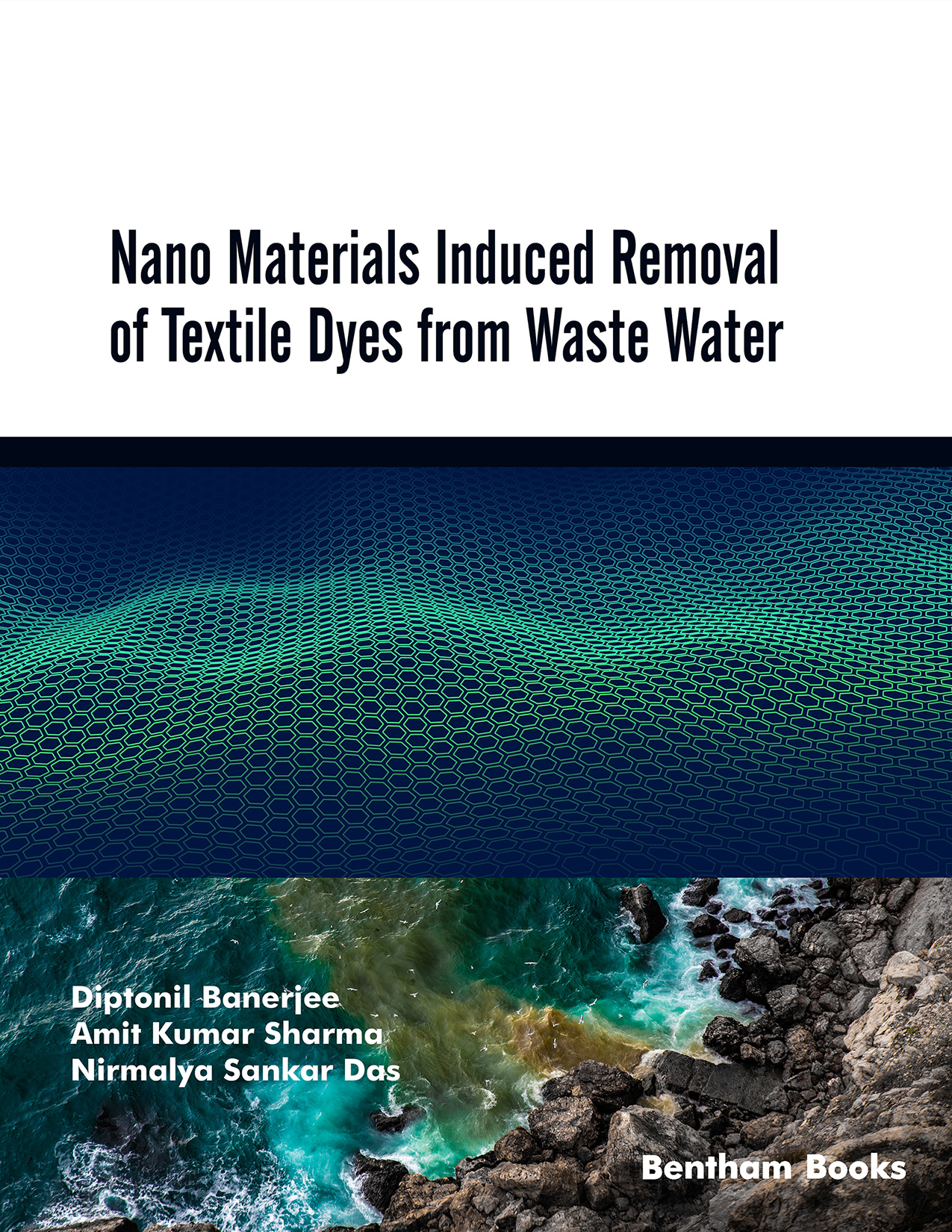It has been a long time since Feynman's pioneering lecture unlocked the world of
Nanomaterials. A large number of extensive research works have already
enlightened the properties and key applications of Nanoscience. Nano-science has
been strongly correlated with quantum physics and chemistry. Most of the basic
features of Nanoscience are basically extended from those two classic subjects.
Thus, proper expertise in basic Nano-science is still not independent; it often
requires a strong basic understanding of traditional subjects like advanced physics
and chemistry. On the other hand, Nanoscience has already been applied from the
smallest electronic chip to the large displays of modern smartphones. To extend the
applications of Nanoscience in a further variety of sectors, the correlation between
Nanoscience and Nanotechnology must be opened up in front of the general
engineering community in addition to classic science scholars.
Another key aspect of nano-science is its mimicking nature. Different
nanostructures have strong similarities with the natural pattern, and spontaneously
open up their possible applications in different fields. One of such fields which is a
matter of most acute concern nowadays is the environment. Actually, in science
and technology, whatever be the fields of research, ultimately has a connection with
either energy or the environment. It is an irony that from the very advent of
scientific and technological development, we always harnessed energy issues with
the cost of the environment. Now it is nature’s turn to repay the debt. As we know
that today we are standing beneath a tremendous environmental crisis in terms of
air, soil, water, noise and radioactive pollution, thus, a potential field of science and
technology such as nanotechnology should be used to address the problem.
Keeping this in mind, this book brings a small effort of the authors to give the reader
an idea of how nanomaterials may be used to address the environmental issue. As
the entire topic is too vast, we have taken only a single part, i.e., water pollution,
and even after that, we have only concentrated the textile dye-induced water
pollution and their negative impact and have shown how nanomaterial, can help us
in getting rid of this problem through various processes.
This book is properly designed to solve basic queries of common academicians and
technologists about the fundamentals of Nanoscience and nanomaterial-induced
removal of textile dyes. Its basic concepts, chronological development and
applications have been thoroughly discussed with appropriate examples and
comparisons. We strongly believe that this effort shall be very important and useful for the budding engineers and scientists who are interested in the environmental
aspect of Nanoscience.
The efforts have been made so that the style of the writing can be kept simple and
easy to understand, and the essence of the subject can be fed even to a school
student. Also, we have tried to keep the volume of the book reasonable so that the
journey into this subject from the introduction to the advanced application can be
finished within a couple of hours, say within a certain four-hour journey from
Kolkata to Mumbai. In our previous book (by DB and NSD), “Nano Science -
Concepts and Fundamentals” published by NOLEGEIN (an imprint of Consortium
e-Learning ISBN: 978-93-87376-77-9), we put our effort into making the beginner
interested in the subject for further study and offer deep learning about a specific
topic. Now in this venture, we have taken advancement one step forward to deal
with a particular topic likenanomaterial-induced removal of textile dyes from water.
The entire book has been divided into eight chapters, of which the first two chapters
are mainly related to history and basic science behind the technology and
resemblances between nature and nano-science. Chapter 3 has been dedicated to
discussing the ways and means of seeing nanomaterials, i.e., the basic principle of
microscopies, mainly electron and scanning probe microscopes. Chapter 4 is all
about the basics of textile dyes and their impact on the environment. In Chapter 5,
we have given ideas about the basic structures and properties of a few nanomaterials
having potential as dye remover. The next two chapters have detailed theories and
experiments regarding ways and means of removing dyes through photocatalysis
and adsorption. The last chapter is basically a concluding Chapter 5 discussing the
efficiencies of different nanomaterials as dye remover.
We really enjoyed a lot writing this book and sincerely hope that readers will enjoy
reading the book as well.
Last, it is a humble request of the author to the reader to kindly provide feedback,
suggestions and unbiased, critical comment for further improvement of the book.
Though we have tried our best to make the content of the book error-free still, if
some mistakes are found, kindly let us know and thus help us to make the project
perfect and error-free.
CONSENT FOR PUBLICATION
None.
CONFLICT OF INTEREST
The authors declare no conflict of interest.
Diptonil Banerjee
Department of Physics
Faculty of Engineering and Computing Sciences
Teerthanker Mahaveer University
Moradabad, UP
India
Amit Kumar Sharma
Department of Physics
Faculty of Engineering and Computing Sciences
Teerthanker Mahaveer University
Moradabad, UP
India
&
Nirmalya Sankar Das
Department of Physics (BSH)
Techno International – Batanagar
Maheshtala, WB
India

